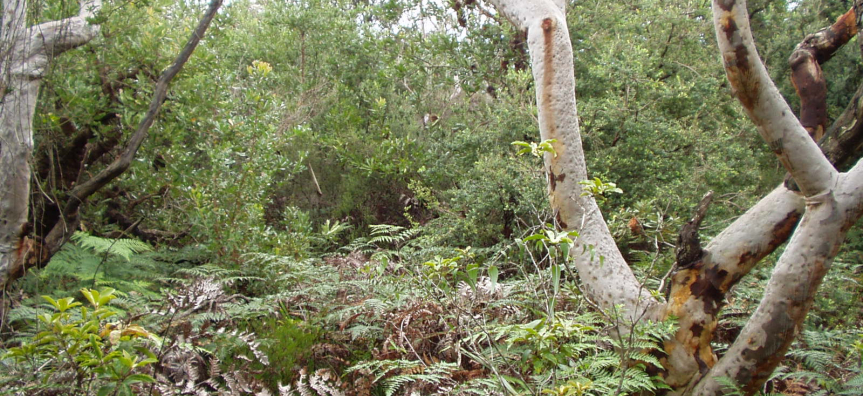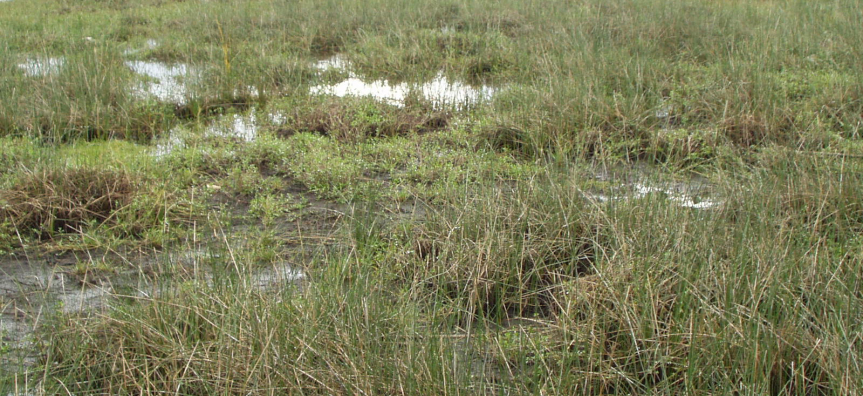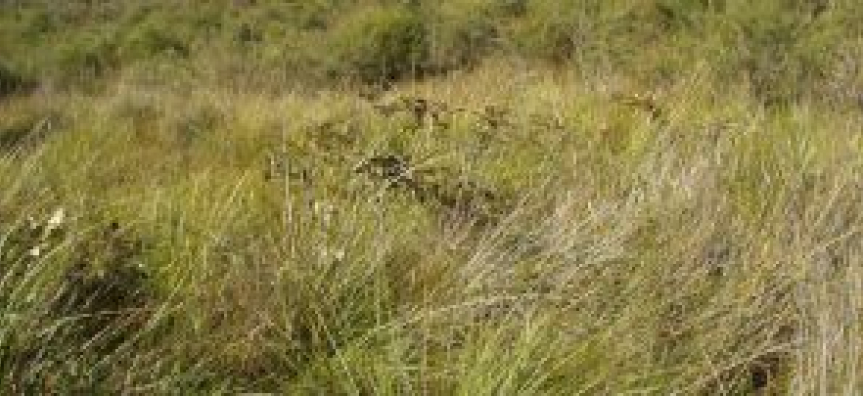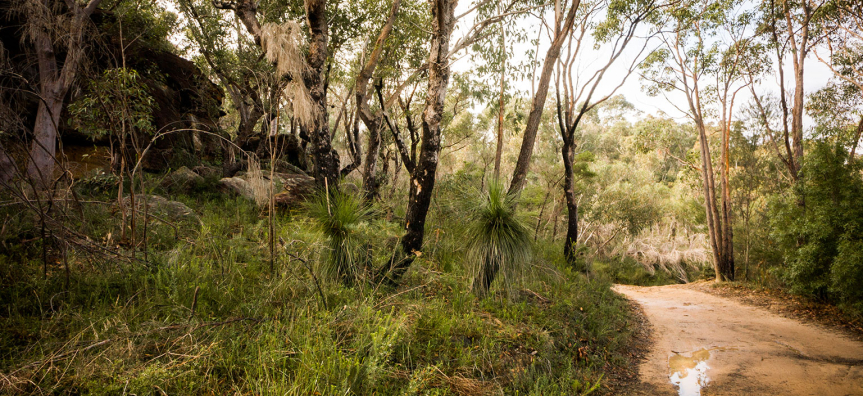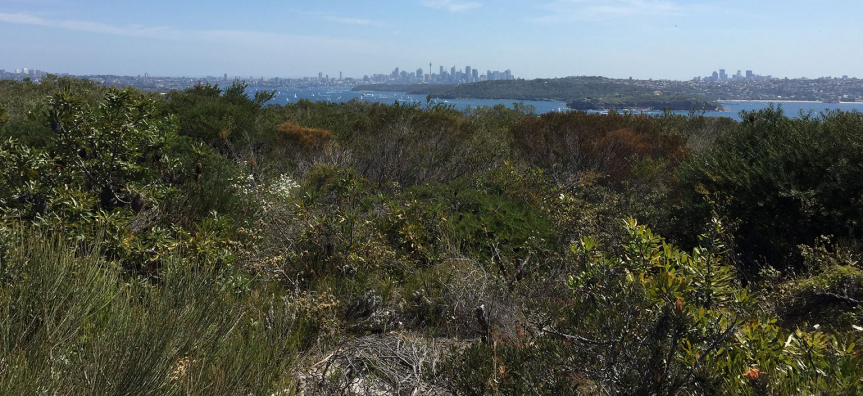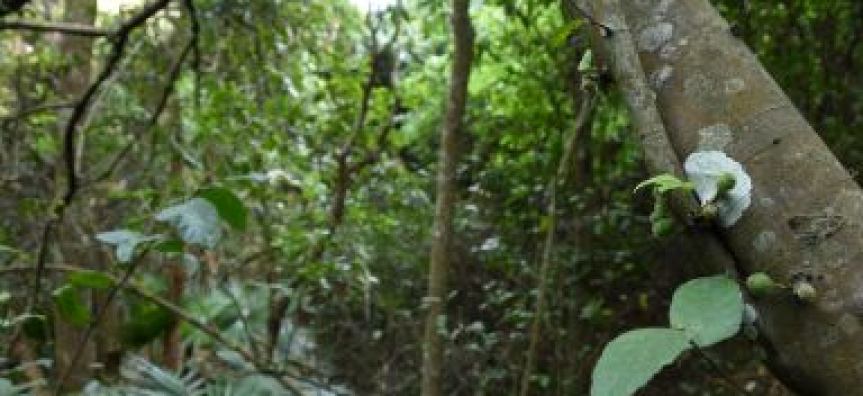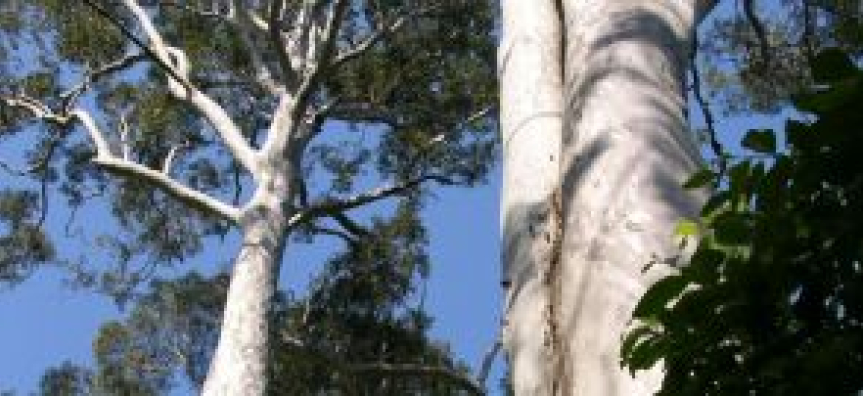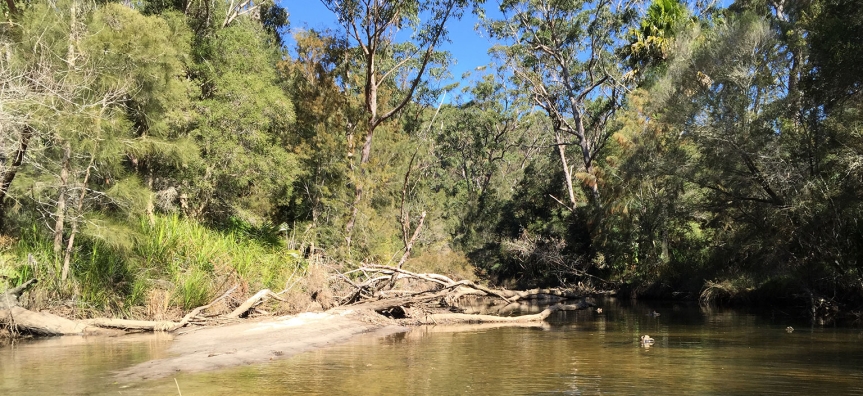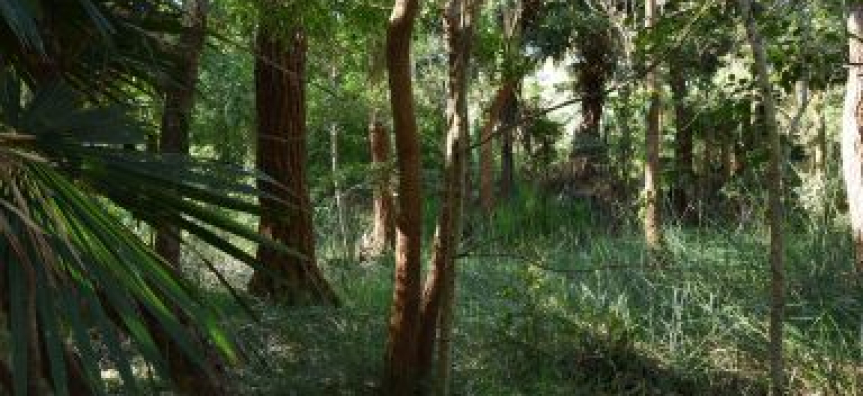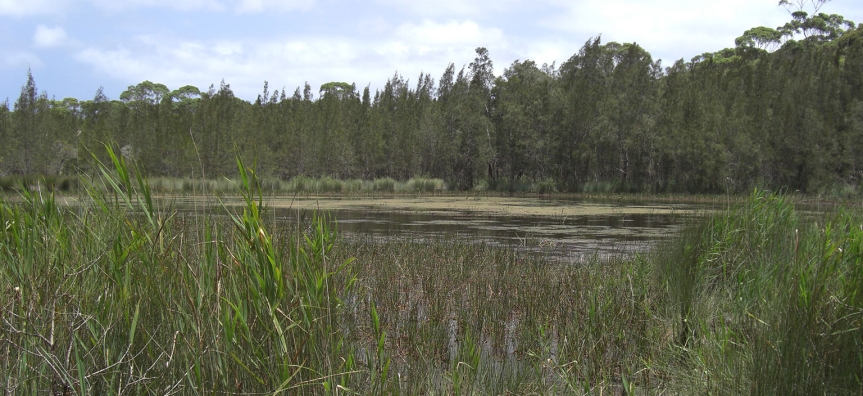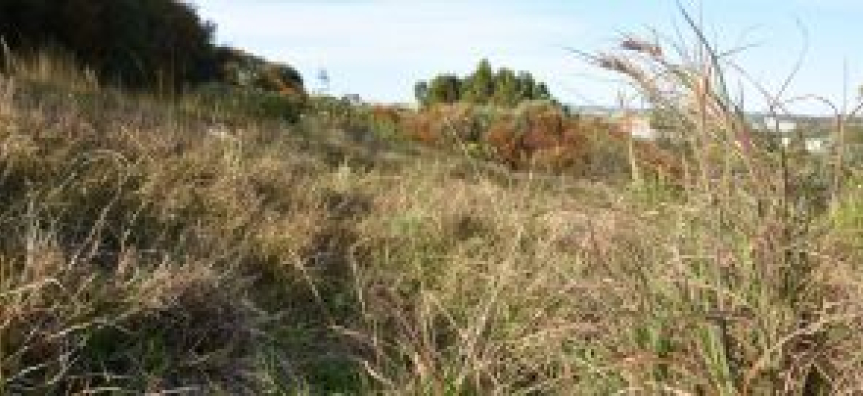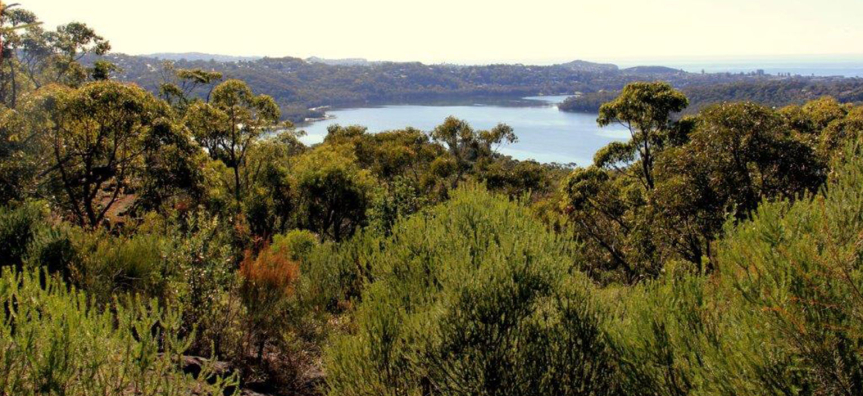
The Northern Beaches supports a rich diversity of native vegetation communities, including some Threatened Ecological Communities. They control erosion through protecting soils and creek banks, reduce land degradation, improve water quality, produce oxygen, regulate micro-climates and provide habitat for a wide range of animals, including threatened species. They also provide important recreational values and landscapes of immeasurable beauty.
Vegetation communities contain a diverse mix of plants and habitat types which are critical for the long-term survival of our native animals. Effective long-term conservation depends on protection of native vegetation in reserves and other areas outside the national parks, as well as the connectivity of wildlife corridors.
What is a Threatened Ecological Community?
Threatened Ecological Community is a term used in Australia for ecosystems that are in danger of being lost due to some threatening processes. These areas are a naturally occurring group of native plants, animals and other organisms that are interacting in a unique habitat. Its structure, composition and distribution are determined by environmental factors such as soil type, position in the landscape, altitude, climate and water availability.
The purpose of listing threatened ecosystems is primarily to reduce the rate of ecosystem and species extinction. This includes preventing further degradation and loss of structure, function and composition of threatened ecosystems. There are 12 Threatened Ecological Communities on the Northern Beaches and Council is committed to protecting them.
Threatened Ecological Communities on the Northern Beaches

